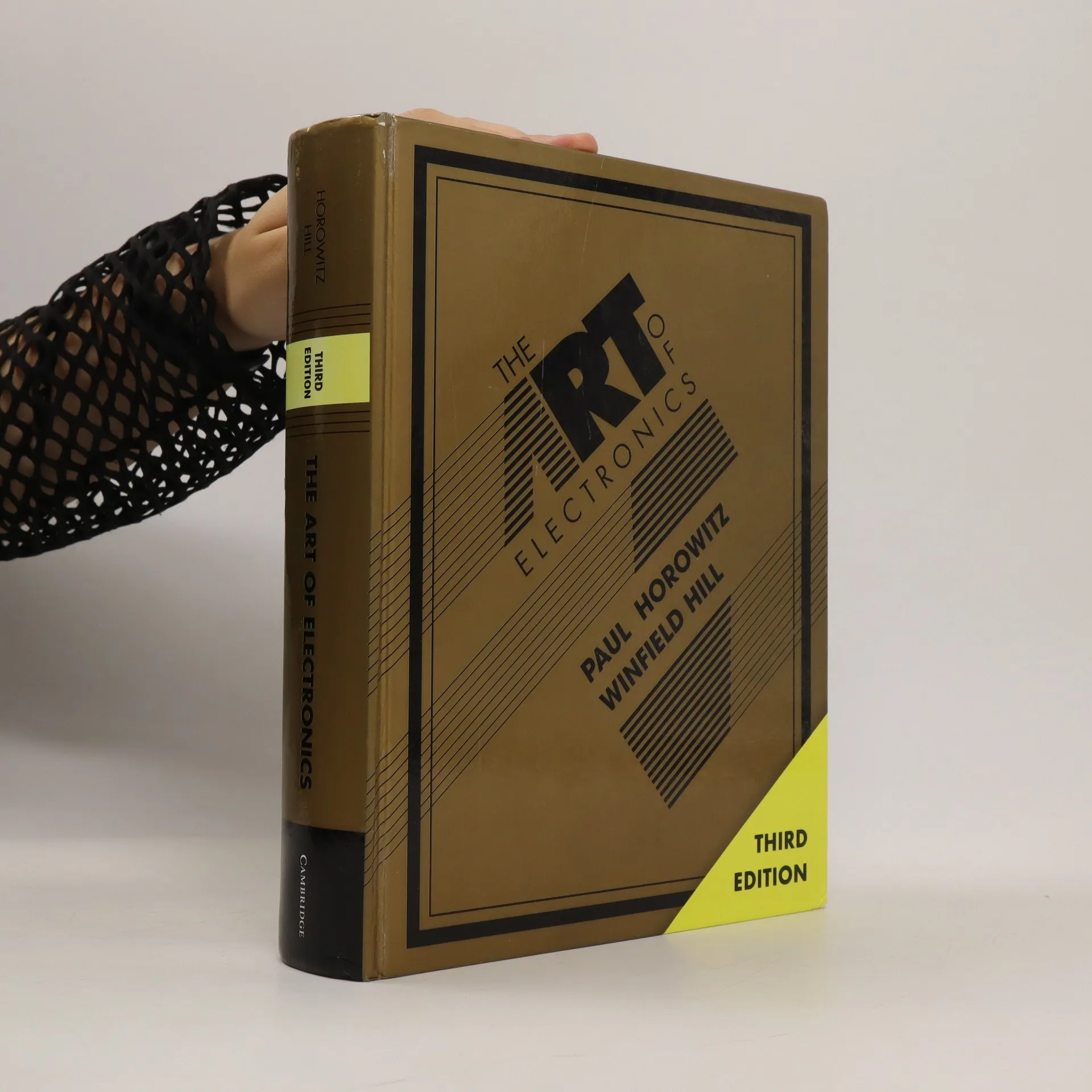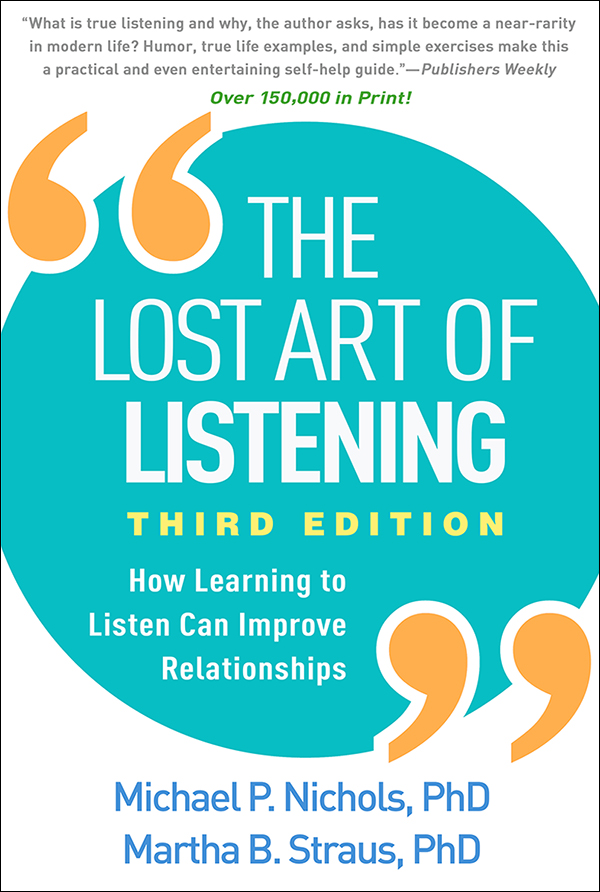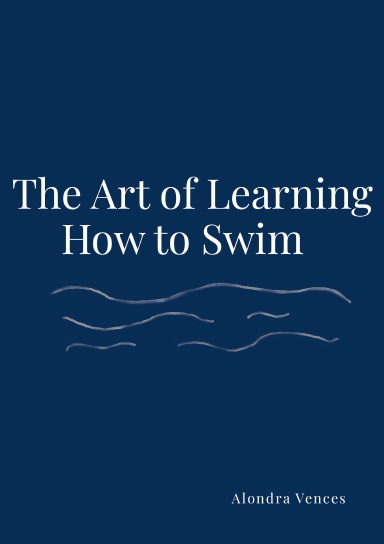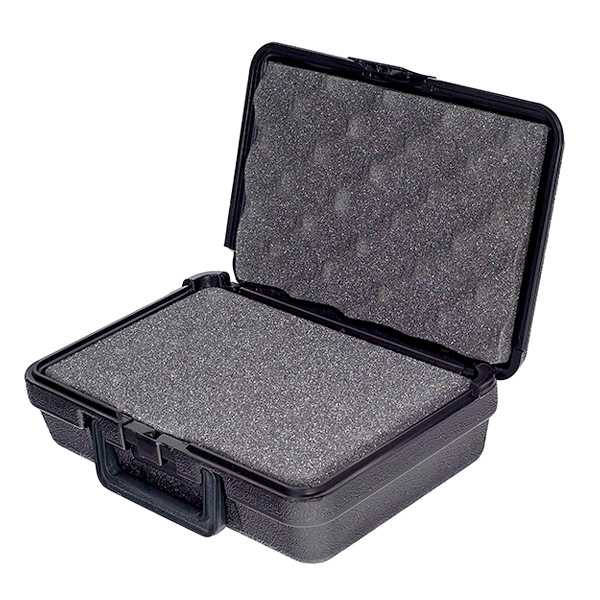Learning the Art of Electronics
By A Mystery Man Writer
Last updated 08 May 2024

This introduction to circuit design is unusual in several respects. First, it offers not just explanations, but a full course. Each of the twenty-five sessions begins with a discussion of a particular sort of circuit followed by the chance to try it out a
Elektor is a community of active electronic engineers eager to design, share, sell.
This introduction to circuit design is unusual in several respects. First, it offers not just explanations, but a full course. Each of the twenty-five sessions begins with a discussion of a particular sort of circuit followed by the chance to try it out and see how it actually behaves. Accordingly, students understand the circuit's operation in a way that is deeper and much more satisfying than the manipulation of formulas. Second, it describes circuits that more traditional engineering introductions would postpone: on the third day, we build a radio receiver; on the fifth day, we build an operational amplifier from an array of transistors. The digital half of the course centers on applying microcontrollers, but gives exposure to Verilog, a powerful Hardware Description Language. Third, it proceeds at a rapid pace but requires no prior knowledge of electronics. Students gain intuitive understanding through immersion in good circuit design. The course is intensive, teaching electronics in day-at-a-time practical doses so that students can learn in a hands-on way. The integration of discussion of design with a chance to try the circuits means students learn quickly. The course has been tried and tested, and proven successful through twenty-five years of teaching. The book is practical: it avoids mathematics and mathematical arguments and even includes a complete list of parts needed in the laboratory exercises, including where and how to buy them. About the authors Thomas C. HayesTom Hayes reached electronics via a circuitous route that started in law school and eventually found him teaching Laboratory Electronics at Harvard, which he has done for twenty-five years. He has also taught electronics for the Harvard Summer School, the Harvard Extension School, and for seventeen years in Boston University's Department of Physics. He shares authorship of one patent, for a device that logs exposure to therapeutic bright light. He and his colleagues are trying to launch this device with a startup company named Goodlux Technologies. Tom designs circuits as the need for them arises in the electronics course. One such design is a versatile display, serial interface and programmer for use with the microcomputer that students build in the course. Paul Horowitz, Harvard University, MassachusettsPaul Horowitz is a Professor of Physics and of Electrical Engineering at Harvard University, where in 1974 he originated the Laboratory Electronics course from which emerged The Art of Electronics. In addition to his work in circuit design and electronic instrumentation, his research interests have included observational astrophysics, X-ray and particle microscopy, and optical interferometry. He is one of the pioneers of the search for intelligent life beyond Earth (SETI). He has also served as a member of the JASON Defense Advisory Group. He is the author of some two hundred scientific articles and reports, has consulted widely for industry and government, and is the designer of numerous scientific and photographic instruments.
Elektor is a community of active electronic engineers eager to design, share, sell.
This introduction to circuit design is unusual in several respects. First, it offers not just explanations, but a full course. Each of the twenty-five sessions begins with a discussion of a particular sort of circuit followed by the chance to try it out and see how it actually behaves. Accordingly, students understand the circuit's operation in a way that is deeper and much more satisfying than the manipulation of formulas. Second, it describes circuits that more traditional engineering introductions would postpone: on the third day, we build a radio receiver; on the fifth day, we build an operational amplifier from an array of transistors. The digital half of the course centers on applying microcontrollers, but gives exposure to Verilog, a powerful Hardware Description Language. Third, it proceeds at a rapid pace but requires no prior knowledge of electronics. Students gain intuitive understanding through immersion in good circuit design. The course is intensive, teaching electronics in day-at-a-time practical doses so that students can learn in a hands-on way. The integration of discussion of design with a chance to try the circuits means students learn quickly. The course has been tried and tested, and proven successful through twenty-five years of teaching. The book is practical: it avoids mathematics and mathematical arguments and even includes a complete list of parts needed in the laboratory exercises, including where and how to buy them. About the authors Thomas C. HayesTom Hayes reached electronics via a circuitous route that started in law school and eventually found him teaching Laboratory Electronics at Harvard, which he has done for twenty-five years. He has also taught electronics for the Harvard Summer School, the Harvard Extension School, and for seventeen years in Boston University's Department of Physics. He shares authorship of one patent, for a device that logs exposure to therapeutic bright light. He and his colleagues are trying to launch this device with a startup company named Goodlux Technologies. Tom designs circuits as the need for them arises in the electronics course. One such design is a versatile display, serial interface and programmer for use with the microcomputer that students build in the course. Paul Horowitz, Harvard University, MassachusettsPaul Horowitz is a Professor of Physics and of Electrical Engineering at Harvard University, where in 1974 he originated the Laboratory Electronics course from which emerged The Art of Electronics. In addition to his work in circuit design and electronic instrumentation, his research interests have included observational astrophysics, X-ray and particle microscopy, and optical interferometry. He is one of the pioneers of the search for intelligent life beyond Earth (SETI). He has also served as a member of the JASON Defense Advisory Group. He is the author of some two hundred scientific articles and reports, has consulted widely for industry and government, and is the designer of numerous scientific and photographic instruments.

The Art of Electronics - Paul Horowitz
The Art of Electronics: The x-Chapters expands on topics introduced in the best-selling third edition of The Art of Electronics, completing the broad discussions begun in the latter. In addition to covering more advanced materials relevant to its companion, The x-Chapters also includes extensive treatment of many topics in electronics that are particularly novel, important, or just exotic and intriguing.

The Art of Electronics: The X Chapters [Book]

The Art of Electronics - third Edition: : Horowitz, Paul, Hill, Winfield: Books

horowitz paul - art electronics - AbeBooks

NEW PRODUCT – Learning the Art of Electronics – A Hands-On Lab Course « Adafruit Industries – Makers, hackers, artists, designers and engineers!

Review Part2 The Art of Electronics 3rd edition

Learning the Art of Electronics - diode clamp (4 Solutions!!)

Jual Art Of Electronics Terlengkap - Harga Murah Januari 2024
The Art of Electronics: The x-Chapters expands on topics introduced in the best-selling third edition of The Art of Electronics, completing the broad discussions begun in the latter. In addition to covering more advanced materials relevant to its companion, The x-Chapters also includes extensive treatment of many topics in electronics that are particularly novel, important, or just exotic and intriguing.

The Art of Electronics: The X Chapters [Book]
This is the thoroughly revised and updated second edition of the hugely successful The Art of Electronics. Widely accepted as the authoritative text

The Art of Electronics
This introduction to circuit design is unusual in several respects. First, it offers not just explanations, but a full course. Each of the twenty-five sessions begins with a discussion of a particular sort of circuit followed by the chance to try it out and see how it actually behaves. Accordingly, students understand the circuit's operation in a way that is deeper and much more satisfying than the manipulation of formulas.

Learning the Art of Electronics: A Hands-On Lab Course [Book]

5 Books on learning electronics practically !!
Recommended for you
-
 Art of learning book summary08 May 2024
Art of learning book summary08 May 2024 -
 The Lost Art of Listening: Third Edition: How Learning to Listen Can Improve Relationships08 May 2024
The Lost Art of Listening: Third Edition: How Learning to Listen Can Improve Relationships08 May 2024 -
![The Art of Transforming the Mind: A Meditator's Guide to the Tibetan Practice of Lojong [Book]](https://www.shambhala.com/media/catalog/product/cache/43c9ce78173f84079209d5374492a7a4/9/7/9781611809893.jpg) The Art of Transforming the Mind: A Meditator's Guide to the Tibetan Practice of Lojong [Book]08 May 2024
The Art of Transforming the Mind: A Meditator's Guide to the Tibetan Practice of Lojong [Book]08 May 2024 -
 Chessmaster: The Art of Learning - Wikipedia08 May 2024
Chessmaster: The Art of Learning - Wikipedia08 May 2024 -
 Practicing the Art of Leadership: A Problem-Based Approach to Implementing the Professional Standards for Educational Leaders08 May 2024
Practicing the Art of Leadership: A Problem-Based Approach to Implementing the Professional Standards for Educational Leaders08 May 2024 -
 The Art Of Learning How To Swim08 May 2024
The Art Of Learning How To Swim08 May 2024 -
What I learnt from The Art of Learning by Josh Waitzkin08 May 2024
-
![Feldenkrais Illustrated: The Art of Learning [Book]](https://pictures.abebooks.com/isbn/9780989359801-us.jpg) Feldenkrais Illustrated: The Art of Learning [Book]08 May 2024
Feldenkrais Illustrated: The Art of Learning [Book]08 May 2024 -
The Art of Learning Audiobook08 May 2024
-
 The Art of Learning - Companion Volume for Students08 May 2024
The Art of Learning - Companion Volume for Students08 May 2024
You may also like
-
 Diamond Painting Rick and Morty - UK08 May 2024
Diamond Painting Rick and Morty - UK08 May 2024 -
 Stainless steel professional hairdresser scissors Vector Image08 May 2024
Stainless steel professional hairdresser scissors Vector Image08 May 2024 -
 Simulation Small Strawberry Pendant Resin Red Strawberry - Temu08 May 2024
Simulation Small Strawberry Pendant Resin Red Strawberry - Temu08 May 2024 -
 Cricut Joy Gel Pen Variety Bundle - Smooth and Glitter Assorted Colors Embellish DIY Craft Projects Notes Drawings Invitations Decorations Homemade Cards Unique Gifts Coloring Doodling Calligraphy08 May 2024
Cricut Joy Gel Pen Variety Bundle - Smooth and Glitter Assorted Colors Embellish DIY Craft Projects Notes Drawings Invitations Decorations Homemade Cards Unique Gifts Coloring Doodling Calligraphy08 May 2024 -
 Stur Stur Liquid Water Enhancer Citrus08 May 2024
Stur Stur Liquid Water Enhancer Citrus08 May 2024 -
 Cerulean Blue - Smooth Plain Cardstock - 12x12 - 10 pack – CelebrationWarehouse08 May 2024
Cerulean Blue - Smooth Plain Cardstock - 12x12 - 10 pack – CelebrationWarehouse08 May 2024 -
 Embossing Powder - Silver08 May 2024
Embossing Powder - Silver08 May 2024 -
 JubileeYarn Embroidery Scissors - 4 1/2 Fine Cut Sharp Point Titanium Scissors w/ Sheath - Small Craft Snip Scissors - Gold - 1 Pair08 May 2024
JubileeYarn Embroidery Scissors - 4 1/2 Fine Cut Sharp Point Titanium Scissors w/ Sheath - Small Craft Snip Scissors - Gold - 1 Pair08 May 2024 -
How to Repair LED Strip Lights - iFixit Repair Guide08 May 2024
-
 PFC Stock Case with Sheet Foam08 May 2024
PFC Stock Case with Sheet Foam08 May 2024

